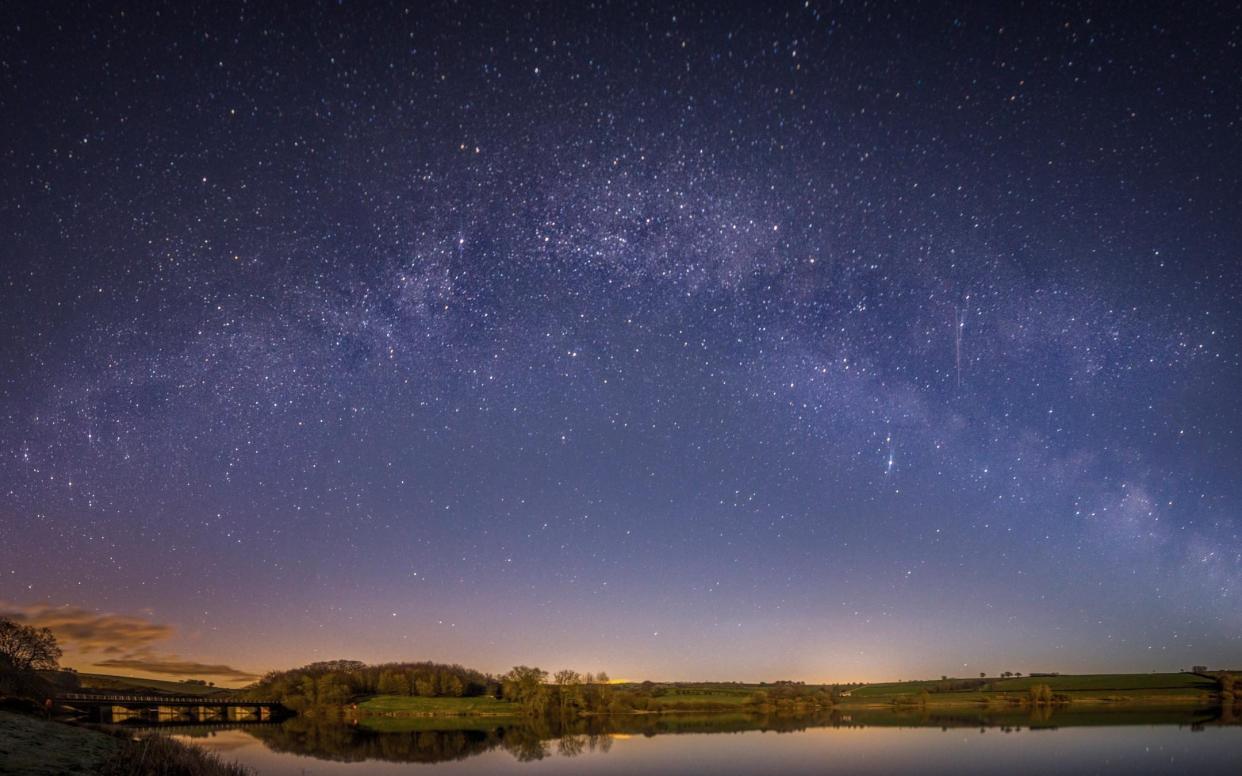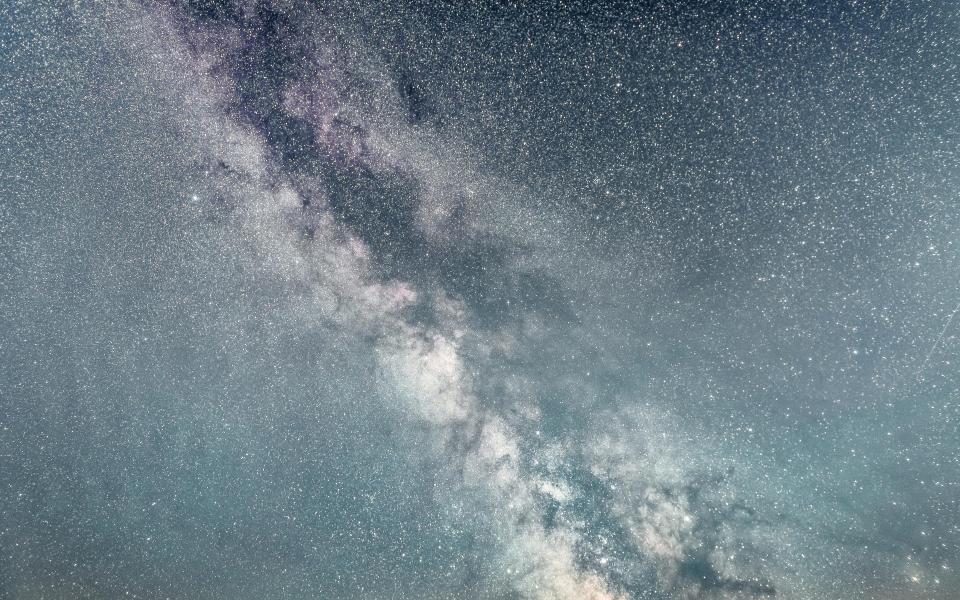Winter solstice: Why Exmoor is the best place in the UK for stargazing

“There she is,” says Jennie, as we crane our necks skywards. “Cassiopeia – the queen seated on her throne.” Five bright stars pop against the velvet night in a distinctive M shape. “You want to park her in your mind, because she’s the answer to finding your way around a lot of the sky.”
We’re on the brow of a hill fringing Exford, in deepest, darkest Exmoor National Park. Jennie, who leads stargazing walks up here with her tour company, Wild About Exmoor, is navigating me around the heavens. With warm enthusiasm, she creates constellations out of scattered dots and draws together sections of the cosmos with animated tales of Greek mythology. The result is mind-blowing, a Eureka moment – I’m looking at something I’ve seen a thousand times afresh.
With Cassiopeia fixed on my horizon, Jennie shows me how to use the brightest point of its M to find the Andromeda galaxy, a whirligig of stars and gas spiralling 2.5 million light years from Earth.
It helps that the skies above Exmoor are dark enough to see Andromeda with the naked eye. They’re so pitch black, in fact, that in 2011 Exmoor was designated Europe’s first International Dark Sky Reserve by the International Dark-Sky Association. The reserve consists of a core darkness area of windswept heather and grass moorland and a protective buffer zone made up of farmland and small settlements. There are only two buildings in the whole of the core area, which stretches for 32 square miles from Wootton Courtenay in Somerset across the border to Challacombe Common in Devon. The upshot is a night sky the likes of which, unfortunately, can be enjoyed in few other parts of the country.
“A lot of children in Bristol have never seen a constellation,” Jo Richardson, Exmoor’s Dark Sky Tourism Officer, tells me, who as the founder of Space Detectives runs astronomy workshops for schools throughout the South West. “Everywhere you look – in towns, cities and villages even – light pollution is increasing.”
In its annual star count in February this year, the Campaign to Protect Rural England found that 97 per cent of the UK’s population was unable to experience a truly dark sky. Light pollution – the unnecessary, inappropriate or inefficient use of artificial light – leaches into our nights from streetlamps, office buildings, security lights and supermarkets, hanging in orange fogs of sky glow above our urban areas and spreading deep into the countryside beyond.
Perhaps that’s why we’ve sought solace this year in dark spaces as well as wild places. Nearly a third of Exmoor’s visitors since the first lockdown in March have been drawn by the park’s dark skies. Stargazing is an activity that can be enjoyed in a socially distanced and low-risk way, but Jennie believes there’s more to it than that. “I think people have had the time to look up during lockdown,” she says. “Covid-19 has made people more aware of their own mortality, and seeing our universe in greater detail brings everything into perspective.”

To cater for this increase in interest, in October the Exmoor National Park Authority launched a Dark Sky Friendly accreditation, aimed at accommodation and activity providers who understand the importance of the region’s dark skies and can provide guests with the necessary stargazing advice and resources. So far, 16 businesses, including Wild About Exmoor, have been awarded the accreditation and undergone stargazing training with Space Detectives.
It’s a lot for them to take in – astronomers estimate there are around 100 thousand million stars in the Milky Way alone. I barely scratched the surface on my stargazing evening, but I did come away knowing what Pleiades looks like, where to find Pegasus, and how to pinpoint Orion in the winter sky.
And I also learned that at around 5pm tonight, on the shortest day of the year, Jupiter and Saturn will align in what’s known as a Great Conjunction, when they will appear – low on the southwestern horizon – as a single bright planet. The last time they could be seen this close was in 1226.
To catch this celestial coming together at its best, you’ll need to find somewhere that’s well away from direct light and has good sightlines, with no tall buildings to block your view.
I know just the spot.
Wild About Exmoor (www.wildaboutexmoor.com) runs regular stargazing evenings in Exford, with time spent exploring the night sky through the telescope at their farm cottage. £35 per adult (minimum price of £95), including a pub supper or fire pit barbeque. If you’re stargazing on your own, take a pair of binoculars (10x50 or 7x50) and a star-chart app, such as GoSkyWatch Planetarium or Stellarium; you’ll be able to identify everything above you just by pointing your smartphone or tablet at the sky.


